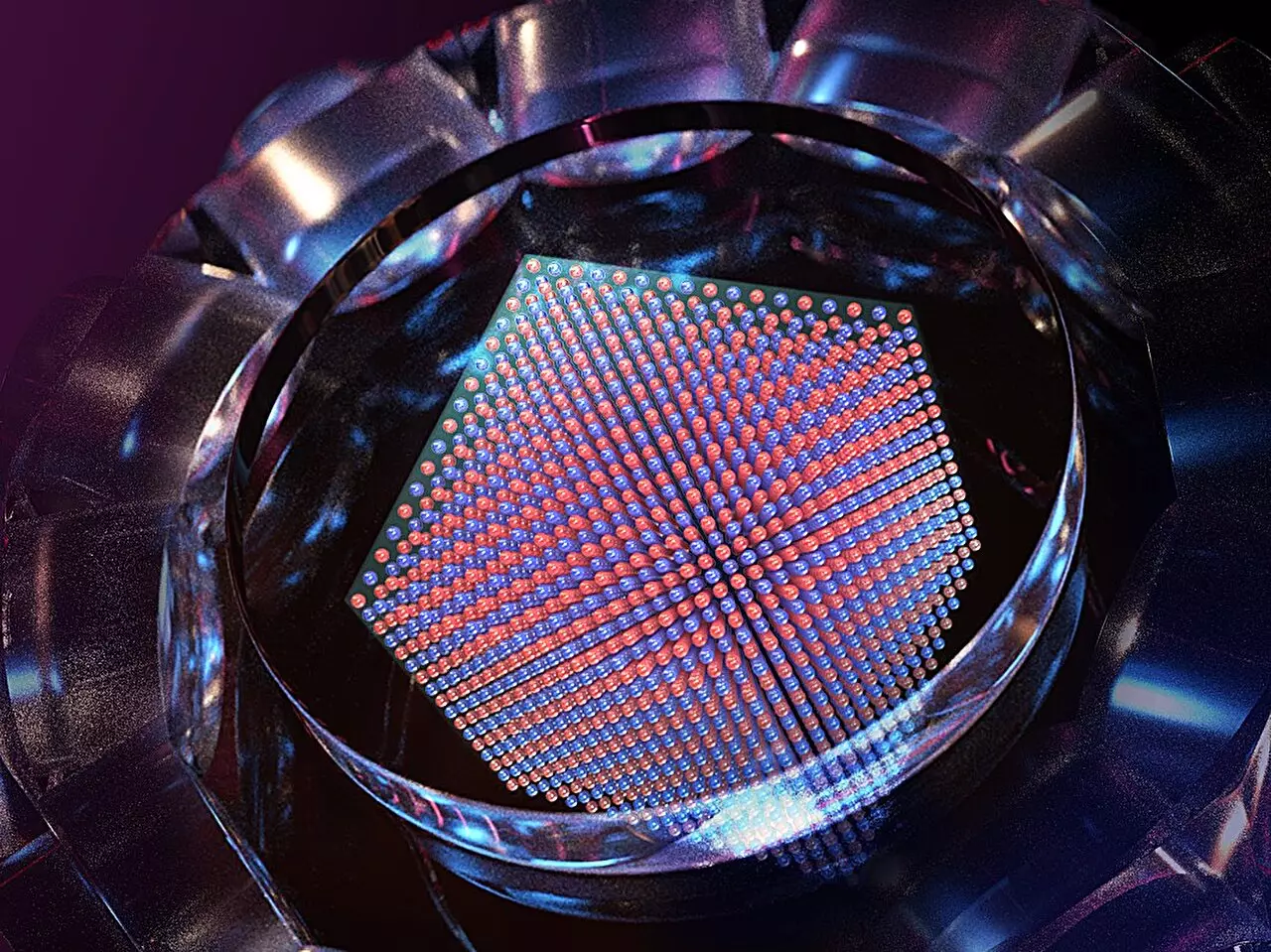A recent study published in Nature has attracted significant attention for its groundbreaking observation of the antiferromagnetic phase transition within a large-scale quantum simulator of the fermionic Hubbard model (FHM). Led by a team of esteemed researchers from the University of Science and Technology of China (USTC), this study sheds light on the potential of quantum simulation in unraveling complex physical phenomena.
The Challenge of Understanding Strongly Correlated Quantum Materials
Strongly correlated quantum materials, such as high-temperature superconductors, have long puzzled scientists due to the elusive nature of the physical mechanisms underlying their behavior. These materials hold immense scientific significance and economic potential, yet their intricate properties remain largely unexplored, posing challenges to their practical application on a large scale.
The Promise of the Fermionic Hubbard Model
The Fermionic Hubbard model (FHM) serves as a simplified yet powerful tool for studying electron behaviors in a lattice, providing insights into strong correlations akin to those observed in quantum materials. By delving into the FHM, researchers aim to unlock the mysteries surrounding high-temperature superconductivity and pave the way for innovative technological advancements.
Exploring the FHM has been no easy feat, with the lack of an exact analytical solution in two and three dimensions presenting a significant obstacle. Traditional numerical methods face limitations in exploring the vast parameter space of the FHM, making it difficult to obtain a comprehensive understanding of its low-temperature phase diagram.
Breaking New Ground with Quantum Simulation
In light of these challenges, the research team embarked on a groundbreaking endeavor to realize the antiferromagnetic phase transition and reach the ground state of the FHM at half-filling using a quantum simulator. By harnessing ultracold fermionic atoms in optical lattices, the team aimed to map out the low-temperature phase diagram of the FHM and investigate the role of quantum magnetism in high-temperature superconductivity.
Through meticulous experimentation and innovative design, the team successfully developed an advanced quantum simulator capable of simulating approximately 800,000 lattice sites. By fine-tuning the interaction strength, temperature, and doping concentration, the researchers observed clear evidence of the antiferromagnetic phase transition, showcasing the power of quantum simulation in addressing complex scientific problems.
Implications for Future Research
The findings of this study not only enhance our understanding of quantum magnetism but also lay a solid foundation for further unraveling the mysteries of the Fermionic Hubbard model. The results obtained through quantum simulation have already surpassed the capabilities of classical computing, underscoring the immense potential of this cutting-edge technology in pushing the boundaries of scientific exploration.


Leave a Reply